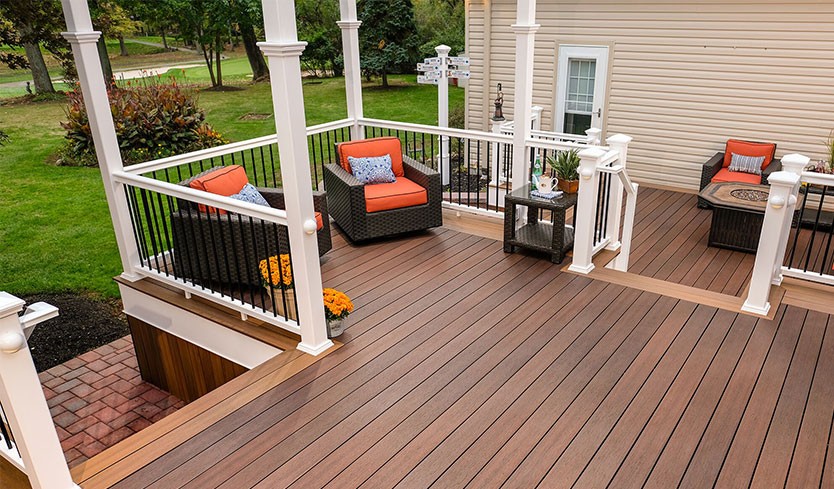Windows are more than just architectural features; they’re essential for maintaining indoor comfort, shielding us from the elements, and improving ventilation and insulation. Over the ages, window frame materials have evolved, with wood, steel, aluminum alloy, and PVC dominating the scene. Now, WPC window frame materials have emerged as a game-changer in window construction. But what sets them apart? Let’s delve deeper into this innovative solution!
The Quest for Ideal Window Frame Materials
Traditional window frames come in wood, steel, aluminum alloy, and uPVC variants. However, each material has its drawbacks. Aluminum alloy windows, for instance, are energy-intensive to produce and emit pollutants. PVC windows are prone to deformation and pose disposal challenges. On the other hand, solid wood, while aesthetically pleasing, is scarce, expensive, and poses fire risks. With environmental concerns on the rise, there’s a growing shift towards energy-efficient and eco-friendly solutions. This has paved the way for the rise of WPC window frame.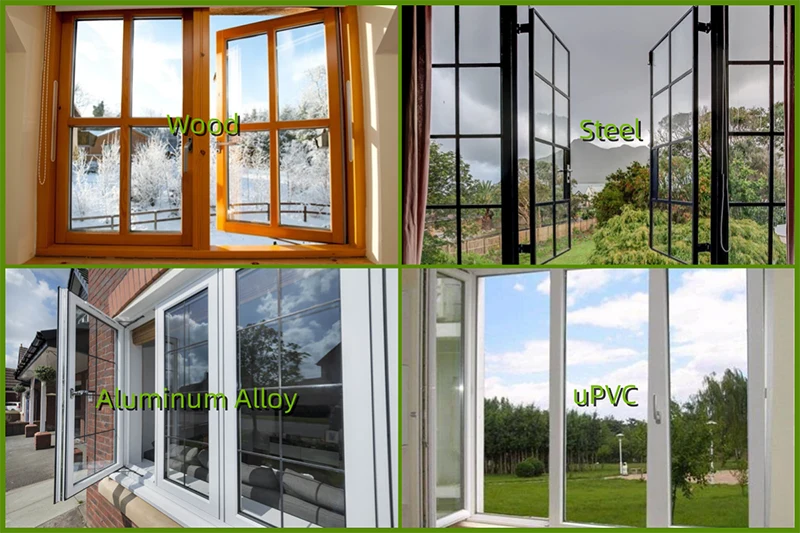
Understanding WPC Window Frame Materials
WPC (Wood Plastic Composite) materials blend thermoplastic plastics with wood fiber fillers or reinforcements, along with additives. These materials undergo processes like extrusion, hot pressing, or molding to create a versatile composite. What sets them apart is their waterproof, insect-proof, and moisture-resistant properties, coupled with a natural wood-like appearance. Moreover, they’re cost-effective and eco-friendly, making them an ideal choice for window production. However, their mechanical strength and flame retardancy need improvement, posing a challenge for widespread adoption.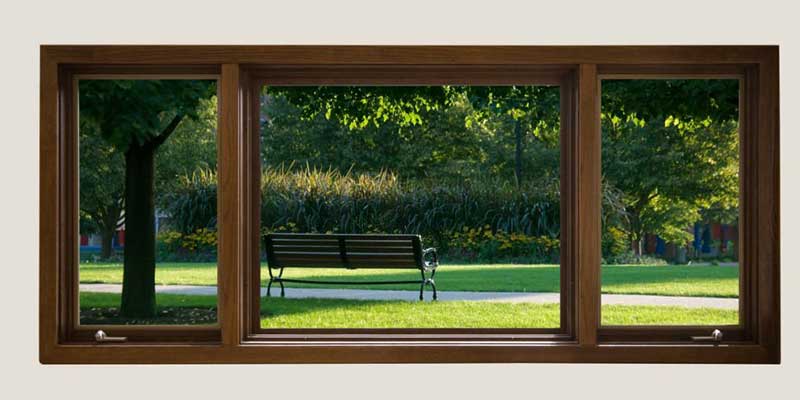
Innovative Solutions for Enhanced Performance
To overcome these challenges, researchers have developed a groundbreaking method. Phosphorus-containing compounds are used to synthesize a polyamide acid solution, which is then combined with POSS-based polymer materials. Through ultrasound technology, these materials are blended to create a solid polyimide with enhanced flame-retardant properties. This polyimide is then mixed with thermoplastic plastics to form a durable plastic alloy, which is further reinforced with wood powder. This process results in an engineering plastic-based WPC material with superior mechanical strength and flame retardancy, addressing key limitations of traditional WPC materials.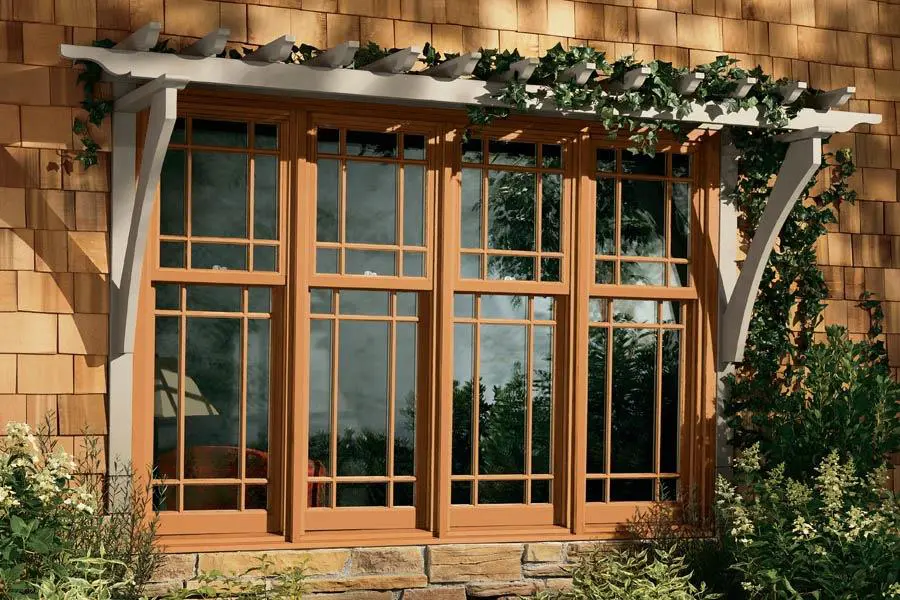
Simplified Manufacturing for Optimal Results
Moreover, a simplified manufacturing method has been devised to ensure high-strength, fire-resistant window frame materials. By avoiding direct addition of flame retardants, a plastic alloy is created from a specialized polyimide resin and traditional polyolefin resins. This alloy exhibits both flame retardant and mechanical properties, ensuring the durability of WPC window frame under harsh conditions.
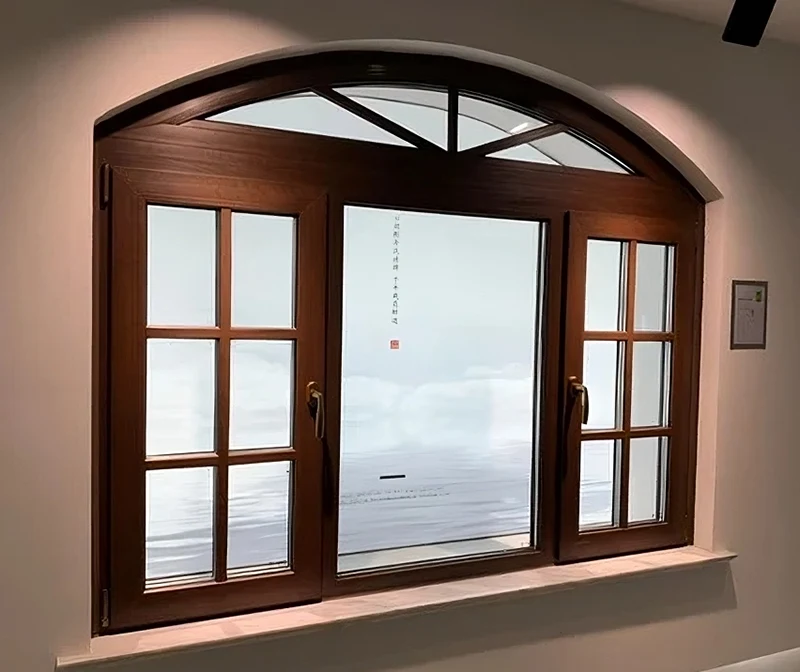
Embracing Innovation for Sustainable Living
In conclusion, WPC window frame represents a significant leap forward in window technology. With enhanced mechanical strength and flame retardancy, coupled with simplified manufacturing processes, they offer a sustainable solution for modern construction needs. Embracing innovation in window materials is key to achieving a greener and more efficient future.


